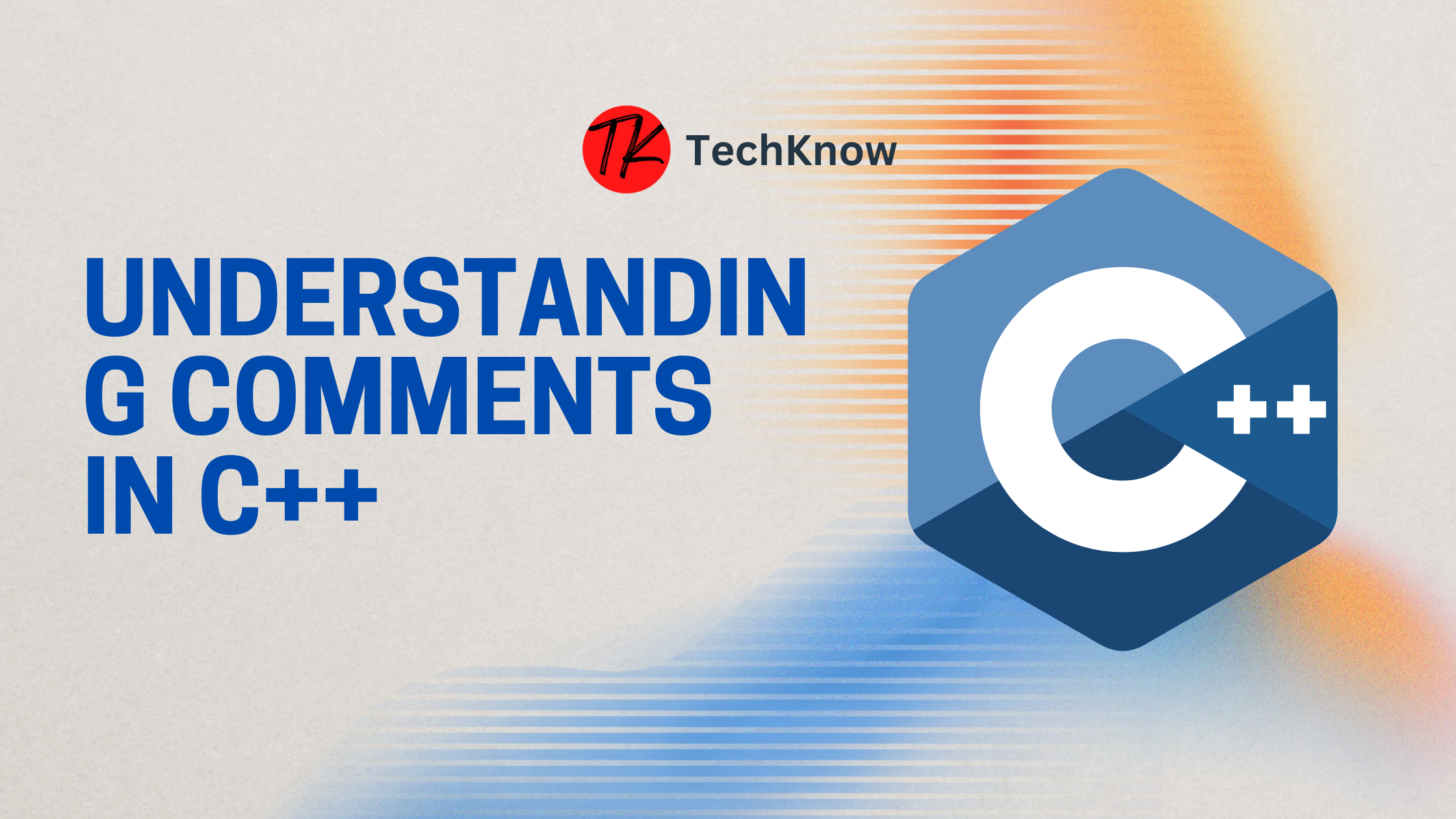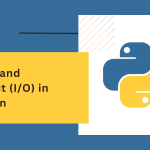In C++, Comments are a crucial technique in programming that can help you write more clear and maintainable code. They let you clarify intricate reasoning, jog your memory of crucial information, or clarify a piece of code’s operation to others or even your future self. Comments are a way to add readability to C++ code without compromising program execution.
Table of Contents
Types of Comments in C++
There are two primary categories of comments in C++:
- Single-line Comments
- Multi-line Comments
Let’s examine them in more detail.
1. Single-line Comments
The // symbol denotes the beginning of a single-line comment in C++; the compiler treats anything on that line that comes after it as a comment.
Syntax:
// This is a single-line commentExample:
#include <iostream>
using namespace std;
int main() {
int a = 10; // Declaring variable a and assigning 10 to it
cout << a; // Printing the value of a
return 0;
}In the above example, comments are placed to explain the purpose of each line.
When to Use:
- If you would like to add a brief note explaining or clarifying a particular line of code, use single-line comments.
Learn on Youtube:
Comments in C++
2. Multi-line Comments
In C++, multi-line comments are used for explanations that take up several lines or to comment out bigger areas of code. These remarks are enclosed in /* and end in */.
Syntax:
/*
This is a multi-line comment.
It can span across multiple lines.
*/Example:
#include <iostream>
using namespace std;
int main() {
int a = 10;
/*
Declaring variable a and assigning 10 to it.
Now, printing the value of the variable.
*/
cout << a;
return 0;
}Here, a block of code is commented to describe the purpose of multiple lines.
When to Use:
- When you need to explain a block of code that does a specific task or explain a complex logic, multi-line comments come in handy.
Nested Comments
Multi-line comments /*… */ cannot be nested within other multi-line comments in C++, but single-line comments // can. Nesting is the practice of nested comment types.
Example of Nested Comments:
/*
This is a multi-line comment.
// This is a single-line comment within a multi-line comment.
*/However, the following is not allowed in C++:
/*
/* This is an invalid nested multi-line comment */
*/Best Practices for Using Comments
Though helpful, comments should only be used sparingly. The following guidelines should be adhered to when including comments in your C++ code:
- Keep Your Comments Brief and Clear: Don’t get into detail on how something is done; instead, focus on why it is done. The functionality of the code need to be obvious from the outset.
- Avoid Over-commenting: Refrain from overcommenting because this can clog the code. Only remark when required. Comments are frequently unnecessary in well-written code with understandable variable and function names.
- Update Comments with Code Changes: When making changes to the code, it is always advisable to update the comments as well. Future readers may become confused by outdated comments.
- Use Multi-line Comments for Larger Explanations: Use multi-line comments to clarify the reasoning or the overall structure of the code.
- Don’t Comment Obvious Code: For example, if something like int a = 10; // Declaring variable an is clear from the code, there’s no need to remark it.
Example: Using Comments in a Real C++ Program
#include <iostream>
using namespace std;
/*
This program demonstrates the use of both
single-line and multi-line comments.
*/
int main() {
int num1 = 10; // First number
int num2 = 20; // Second number
// Calculating the sum of two numbers
int sum = num1 + num2;
/*
Printing the result of the addition.
The result will be displayed in the console.
*/
cout << "The sum is: " << sum;
return 0; // End of program
}In this example:
- Single-line comments are used to explain individual lines of code.
- A multi-line comment is used at the top to provide a description of the entire program
Conclusion
Writing code that is clear, legible, and manageable requires the use of comments. Whether you’re working on a big project or a tiny application, using comments well aids in understanding the logic of the code for both you and other users. This may be accomplished in C++ with single- and multi-line comments, which let you efficiently document your code. Recall to be succinct, relevant, and current with your comments!
You may help yourself and others understand and maintain your C++ code more easily by adhering to these recommended practices.
Learn more:
History of C++










